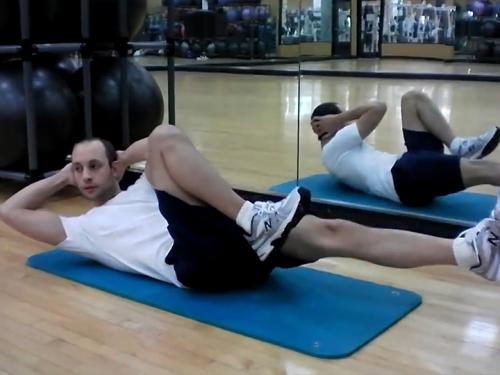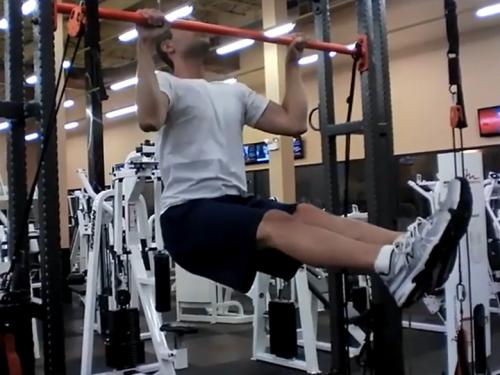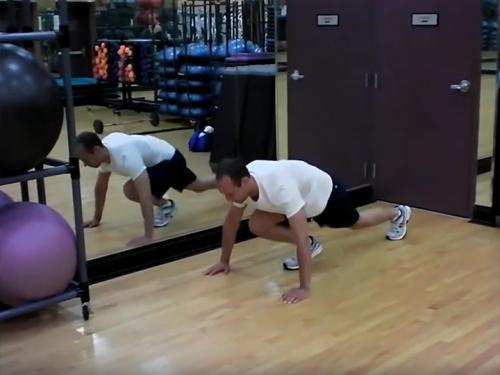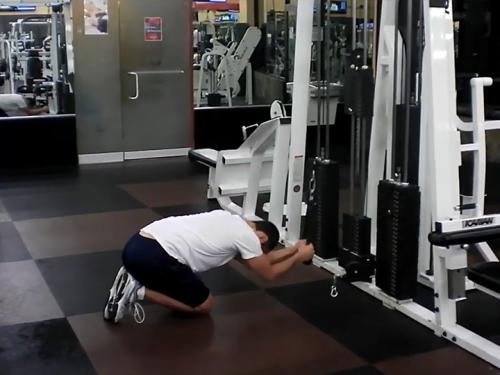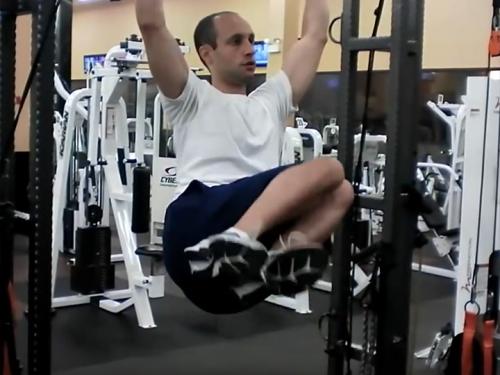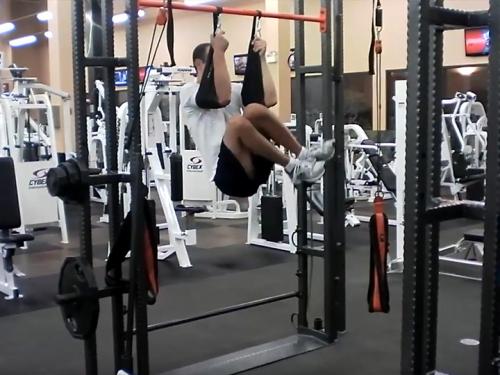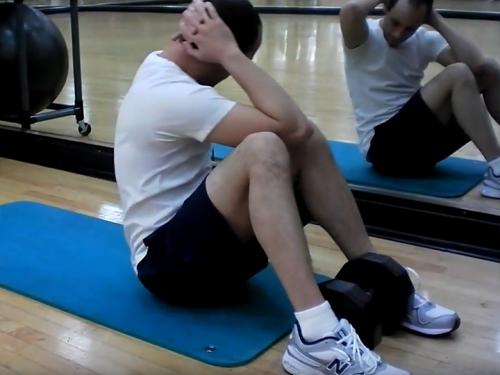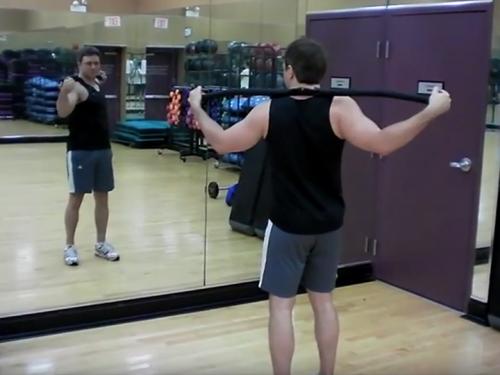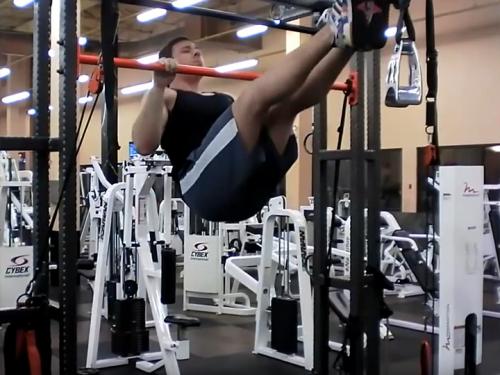Oblique Exercises
The obliques are composed of two muscles: the external oblique and the internal oblique. Sometimes considered part of the "core", the obliques are located to the sides of the abdominals (with the internal oblique located superficially below the external oblique) and wrap into the outer region of lower back.
The obliques are known to complement the abdominal muscles to achieve a "wash-board" look. The obliques are most easily targeted by using specific oblique exercises that involve twisting or turning motions to focus on the muscles.






